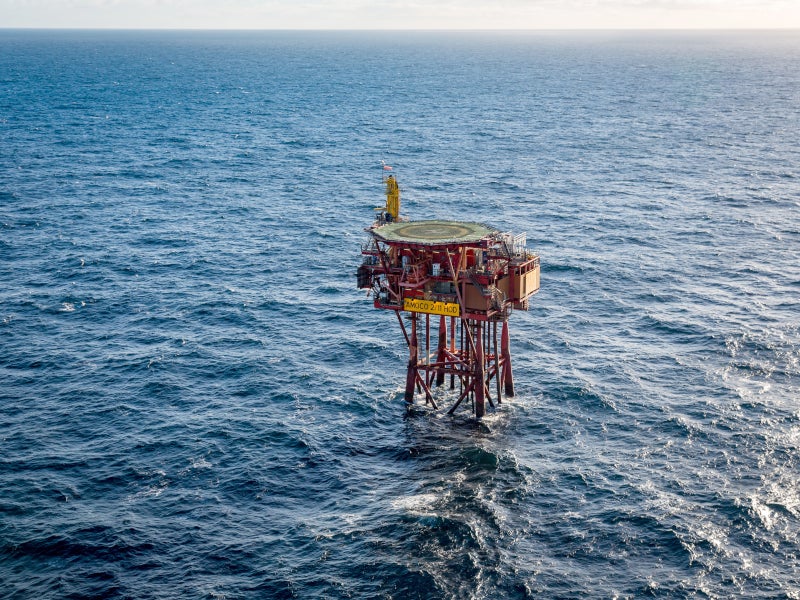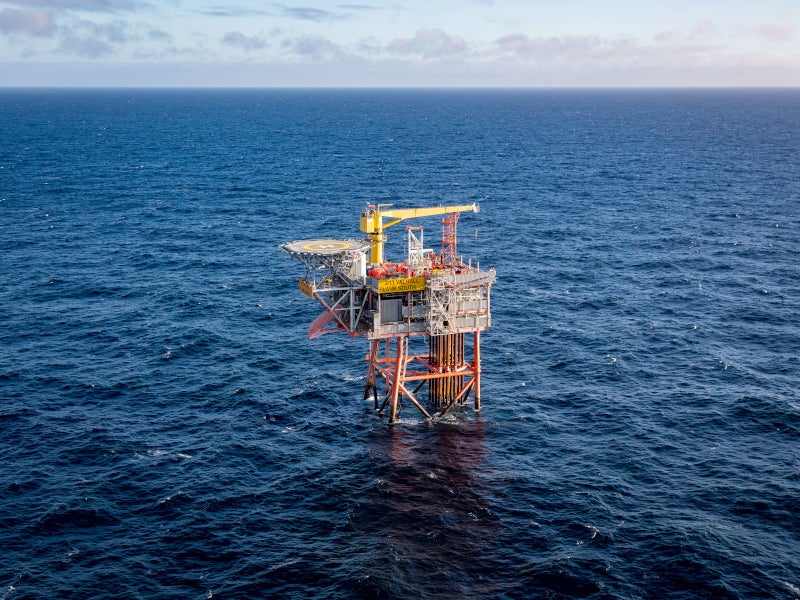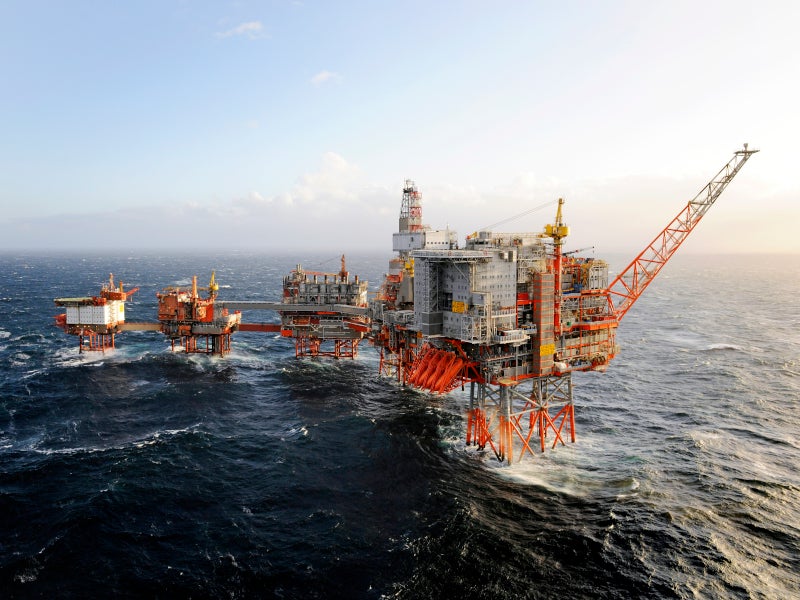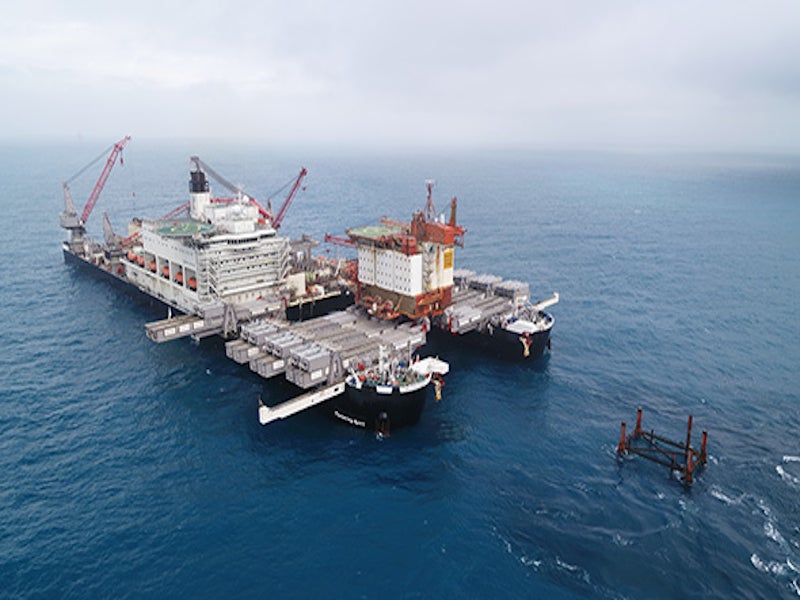The Hod oil and gas field, located in production licence PL033 on the Norwegian Continental Shelf, is planned to be redeveloped by Aker BP. The field lies in Block 2/11 in the southern part of Norwegian North Sea at a water depth of 72m, 13km south of the Valhall field complex.
The field is operated by Aker BP with a 90% working interest and is co-owned by Pandion Energy with a 10% interest. Production from the Hod field started in August 1990.
Norwegian Government agreed to implement a temporary change in the Norwegian petroleum tax system to drive activity in the offshore industry. The move will boost the Aker BP’s investment capability and unlock new field development projects, including the Hod redevelopment project.
Aker BP approved the Hod redevelopment project in June 2020. A plan for development and operation (PDO) of Hod redevelopment project is expected to be submitted in the second half of 2020.
Hod field geology and reserves
Hod field reservoir is situated in chalk in the lower Paleocene Ekofisk Formation, as well as Upper Cretaceous Tor and Hod Formations, at a depth of 2,700m.
The field encompasses three structures including Hod East, Hod West, and Hod Saddle. The total recoverable reserves of the field are estimated to be 12.8 million standard cubic metres of oil equivalent.
Existing Hod field platform details
Hod field was discovered in 1974. The field contains a normally unmanned wellhead platform, tied back and remotely operated from the Valhall complex.
The platform contains eight well slots, developed using a jack up drilling rig. Pressure depletion method was used to recover oil from the field, while gas lift technique increased production from certain wells.
The oil and gas produced from Hod field was transported via a shared pipeline to the Valhall field for processing. The processed oil was further piped to the Ekofisk Centre, from where it was transported to Teesside, UK. The gas from Valhall is transported to the Emden receiving terminal in Germany, via Norpipe.
The production from the platform was stopped in 2013. The wells at the platform have been shut in and will be decommissioned. The Valhall Flank South platform produces the hydrocarbons from the Hod field.
Hod field redevelopment project details
The redevelopment of the normally unmanned wellhead platform will include the procurement of topsides and steel substructure of the platform.
The company drilled Hod appraisal well, using Maersk Interceptor rig in 2019 and plans to drill the exploration well Hod Deep West.
Decommissioning of Old Hod field platform
The topsides and jackets from the old Hod field platform will be removed in one lift and disposed, using Pioneering Spirit, the world’s largest heavy-lifting vessel.
A Valhall drilling platform and production and compression platform (DP-PCP) will also be decommissioned with the old Hod platform.
Details of Valhall oil field
Valhall is a giant oil field, which started production in 1982. The field comprises six bridge-connected platforms for accommodation, wellheads, drilling, production, combined process- and hotel platform, and water injection, in addition to two flank platforms.
The two flank platforms (North Flank and South Flank) are identical unmanned wellhead platforms with 16 drilling slots each and located at a distance of 6km from the Valhall complex.
The South Flank came on stream in 2003, while North Flank commenced production in 2004.
Contractors involved in Hod field redevelopment project
Allseas received the contract for the removal and disposal of old Hod field installations and several installations in the Valhall area in April 2020.
Kvarner was contracted for the delivery of steel jacket and topside for the Hod field redevelopment project, worth approximately Nkr1bn ($107.8m) in June 2020. Work includes design, procurement, fabrication, as well as hook-up and support for completion on the field.
The prefabrication work is underway at Kvaerner’s yard in Verdal, Central Norway. The structures will be ready for shipment in 2021.







